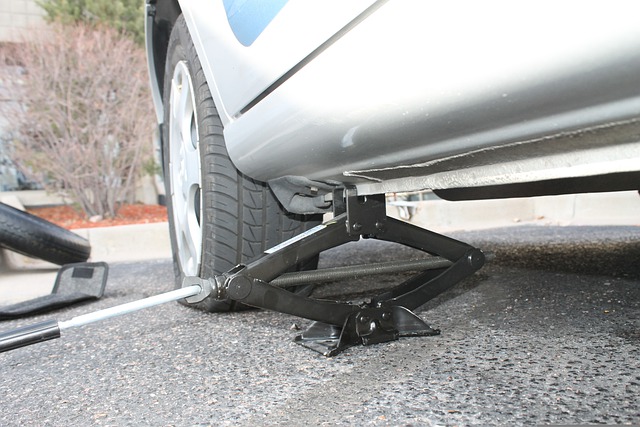In Part One of this article, we started looking at why the full size spare tyre is becoming a thing of the past — and the pros and cons of removing it from modern cars.
To recap so far, we’ve considered whether getting rid of it gives more useful space (yes) and saves weight (yes, but it’s doubtful it makes much difference). Now let’s crack on with other possible arguments for ditching the spare.
Today’s tyres don’t fail so often
If you could time-travel back to the 1970s, or even the 1980s, one thing you’d probably notice would be the sheer number of cars pulled over at the roadside because of flat tyres.
Now, obviously, tyre failures still happen — which is why BK Tyres offers a first-rate puncture repair service — but the fact is that today’s tyres have much lower failure rates than a few decades ago.
This is for several reasons. Firstly, tougher regulations make it harder for drivers to use tyres in such poor condition that are liable to failure. Secondly, tyre pressure monitoring helps prevent running on low pressure, a principal cause of tyre blowouts. And thirdly, tyre technology has improved in leaps and bounds. As one Kumho executive put it: “There’s absolutely no comparison between the performance of today’s tires and those of 30 years ago.” That improved perfomance includes superior longevity and toughness.
So given that many car owners never experience a flat in their entire driving lifetime, does lugging around a full-sized spare make sense? That’s a tough one to answer. Is a spare tyre more like a smoke detector (you’ll probably never need it, but having one is a no-brainer) or an expensive 90s-style extended warranty on your white goods (costs an arm and a leg compared to the value it provides)?
Breakdown services are replacing self-sufficiency
There’s no doubt that attitudes toward car maintenance have changed. Increasingly, we rely on experts to fix our tech for us — how many people, for example, know how to fix a network issue for their home broadband? That reliance is gradually extending to our cars. In one 2018 survey, close to three-quarters of millenials said they didn’t know how to change a tyre. We did a double take at that figure, and wondered whether it could be correct, but another survey from 2016 reported similar results for 18 -23 year-olds.
Bearing this in mind, what’s the point in supplying a full-sized spare tyre, if fewer and fewer people know how to fit it?
The acid test — what do car buyers want?
We’ve looked at four justifications manufacturers might give for ditching the full size spare. However, in the final analysis, it all comes down to what car buyers consider a ‘must have’. The motor industry is ruthlessly competitive, and every design decision is extensively researched through focus groups, customer feedback and so on. No manufacturer survives by supplying something customers don’t want to buy.
And it seems that the verdict on that has already arrived: they’re happy with space savers and repair kits.Well, maybe ‘happy’ is overstating it. It would be more accurate to say it doesn’t affect their buying decisions.
Maybe it’s all part of living in an age where on-demand services are replacing permanent ownership. Yesterday’s extensive CD and DVD collections are disappearing fast, superceded by Spotify and Netflix. In the same way, on-demand breakdown services (with a temporary solution onboard) are the successor to the full size spare.
We’ll leave you to consider whether that’s a good thing.
The BK Tyres blog carries news, views and information on tyres and related subjects. BK Tyres supplies and fits tyres throughout South Oxfordshire, including the communities of Abingdon, Didcot and Henley on Thames. As an independent, family run mobile provider, we provide exceptional levels of service and affordable prices. Contact us today.

